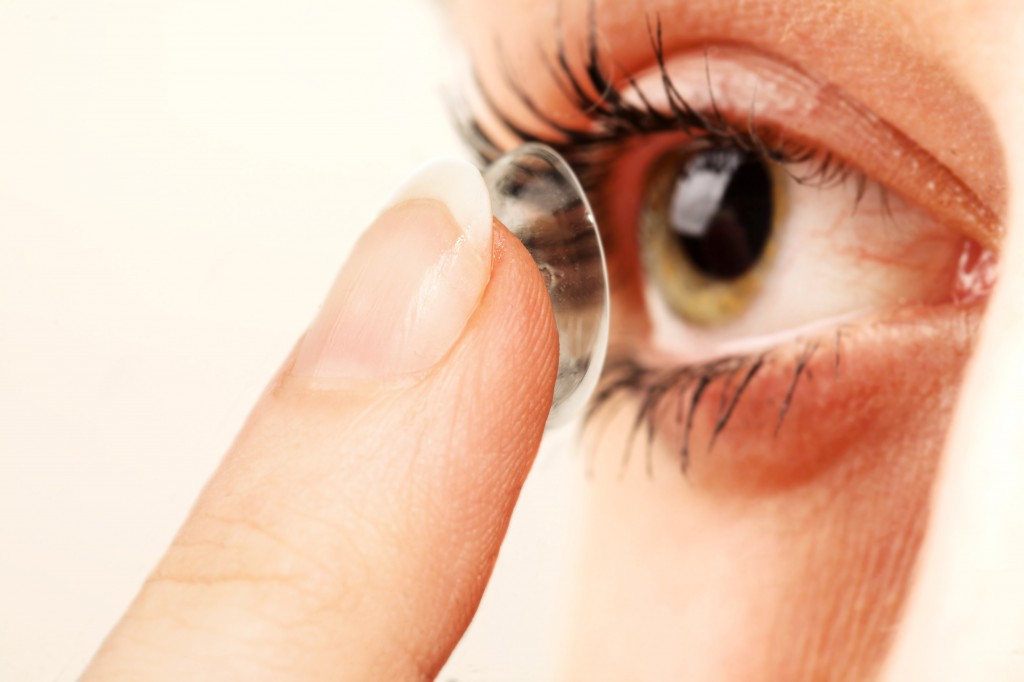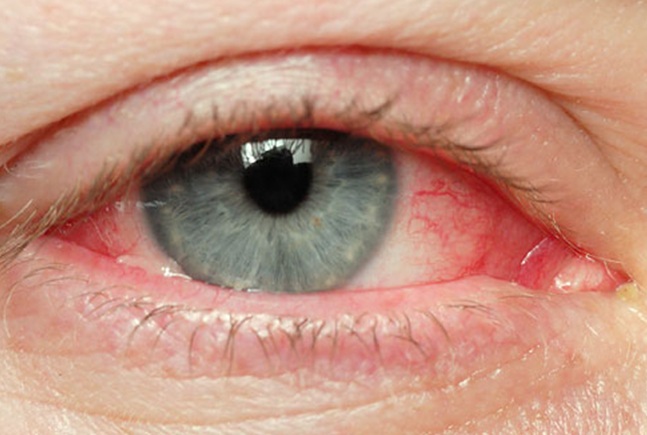Acanthamoeba keratitis symptoms include severe headaches, sensitivity to light, eye redness, excessive tearing, pain, blurred vision, etc. Treatments are available to treat the symptoms, but early diagnosis is essential.
Proper eye care is essential
The eye is the most important part of the human body. Proper eye care and eyewear are essential to see clearly and prevent future eye problems. Vision problems can develop at an early age. Nowadays, almost all eyesight conditions can be cured using contact lenses. There has been a tremendous advancement in spectacle lens technology and surgical techniques like laser refractive surgery. Contact lenses have various advantages and are the most effective method for vision correction. According to CDC (centers for disease control and prevention) report, more than 30 million people in America use contact lenses. The average age of people wearing contact lens worldwide is 31 years old. Ten percent of these people lie under the age of 18 years, 15% are between 18-24, 50% between 24-44 and 25% are 45 years old or more.
Acanthamoeba is an eye infection which is a common condition for people who wear contact lenses. It could result from poor hygiene and improper lens handling. In order to prevent Acanthamoeba keratitis, always follow proper instructions while wearing lenses. Proper use of lens prevents all types of eye infections including those caused by Acanthamoeba. Sometimes Acanthamoeba keratitis is difficult to treat and requires a corneal transplant.
What is Acanthamoeba Keratitis?
Acanthamoeba is a rare but sometimes serious infection of the eye. It can also result in permanent visual impairment or loss of vision. These are naturally occurring amoeba or tiny celled organisms which are mostly found in nature, soil, air and water sources like taps, wells, hot tubs, and sewage systems. When these tiny particles infect our eye, we get acanthamoeba keratitis infection. The condition was first diagnosed in 1973, where 90% of cases involved contact lens users. Acanthamoeba cause Acanthamoeba keratitis which infects the cornea, the outermost covering of the eye.
Some facts about Keratitis
- Keratitis is a medical term used for inflammation of the cornea
- To diagnose keratitis, slit lamp can be used
- Permanent damage to the eye can be avoided on time if keratitis is treated correctly
- Keratitis is caused by infection, dry eyes and physical or chemical injuries
Symptoms of Acanthamoeba Keratitis
Acanthamoeba keratitis symptoms are very much similar to other eye infections. Common symptoms include:
- Eye pain
- Eye redness
- Blurred vision
- Sensitivity to light
- Excessive tears from the eye
- Difficult in opening eyelids due to pain and irritation
- The sensation of something in the eye
- Decreased vision
Acanthamoeba Keratitis symptoms may last for several weeks or months. One must consult an eye care specialist if you experience any of the symptoms. It is sometimes even difficult for a doctor to diagnose acanthamoeba because of its similar pink eye and other eye infection symptoms. Rings like ulceration or corneal tissues also occur. If the condition is not treated promptly, permanent loss of vision may occur.
How is Acanthamoeba Keratitis caused?
- One of the biggest factors enhancing the risk of contracting Acanthamoeba Keratitis is using contaminated tap or well water on the contact lenses and making use of homemade solutions to store and clean contacts. Also, one should avoid wearing a contact lens in a hot tub or while swimming or showering.
- Wearing unclean lens is another cause of Acanthamoeba keratitis. The presence of disinfectants in the water supply boosts microbial risks, which in turn increases your chance of contracting acanthamoeba
- The injury is another cause of keratitis infection. If any object scratches or hits the surface of the cornea, keratitis can be caused without any infection. Any type of injury may allow bacteria or fungi to enter cornea through the damaged surface, causing infection of an eye.
Virus herpes and virus causing chlamydia can also result in keratitis. One must maintain good contact lens hygiene to prevent acanthamoeba keratitis.
Acanthamoeba Keratitis Treatment
An early diagnosis may help to treat acanthamoeba keratitis. The infection is diagnosed best by eye care specialist based on Acanthamoeba keratitis symptoms. The growth of the amoeba is seen by the process named confocal microscopy. GAE (granulomatous amoebic encephalitis) and disseminated infection are most difficult to diagnose and are generally diagnosed in the advanced stages. Topical cationic antiseptic agent like polyhexamethylene biguanide(0.02%) or chlorhexidine(0.02%) with or without diamidine like propamidine(0.1%) or hexamidine(0.1%) can be used as part of treatment. Topical cycloplegic solutions and some oral nonsteroidal medicines can also be taken for controlling pain.
Acanthamoeba keratitis can become a severe infection if not prevented on time. In order to avoid permanent eye damage, one must follow some remedies for Acanthamoeba keratitis.
How to prevent Acanthamoeba Keratitis?
Here are some of the tips which could be followed to prevent any type of eye infections:
- Do visit your eye care specialist once in a month and get your eyes examined.
- Always wear contact lens that is advised by your specialist and replace the contacts timely according to the schedule provided.
- Avoid wearing lenses during showers or while swimming. Also, remember to wash hands properly with soap or Dettol before using or handling contact lenses. In case, you wish to swim, then try to wear tight goggles to avoid any sort of eye infection.
- Do not clean contact lenses with tap water.
- Always read the instructions to use contact lens. Use fresh cleaning or disinfecting solution and avoid using old solution to clean or store them.
- Always clean, rub and rinse the lens the time you remove it as this will help in removing harmful microbes and residues affecting eyes.
- Make sure you store your lens in a proper storage case and change it after every three months. Also, the case should be rubbed and rinsed with proper sterile contact lens solution.
In case of any confusion regarding the use of the solution, always consult your eye care provider. Having any symptom like eye pain, redness, sensitivity to light or excessive tearing should not be ignored as this may turn into a serious eye problem if not cured on time. People who have dry eyes often do not produce tears to keep eyes moist and this creates a problem when they wear contact lens. They struggle during their job hours. They should avoid cheap contacts and switch to some better lenses which are specifically designed for dry eyes and are moist, soft and flexible.
Prevent an eye infection
Acanthamoeba keratitis is an eye infection which could be caused due to improper lens handling. Contact lenses are a substitute for glasses. Try to be little conscious where eye care is concerned and always read the manufacturer’s instructions to avoid future eye problems.
If you find this article helpful, do share it with your friends and family. Also, post comments in case you have any health queries.
Also Read: 5 Simple Eye Care Tips
Get useful health tips and remedies regularly, on your Facebook feeds.





